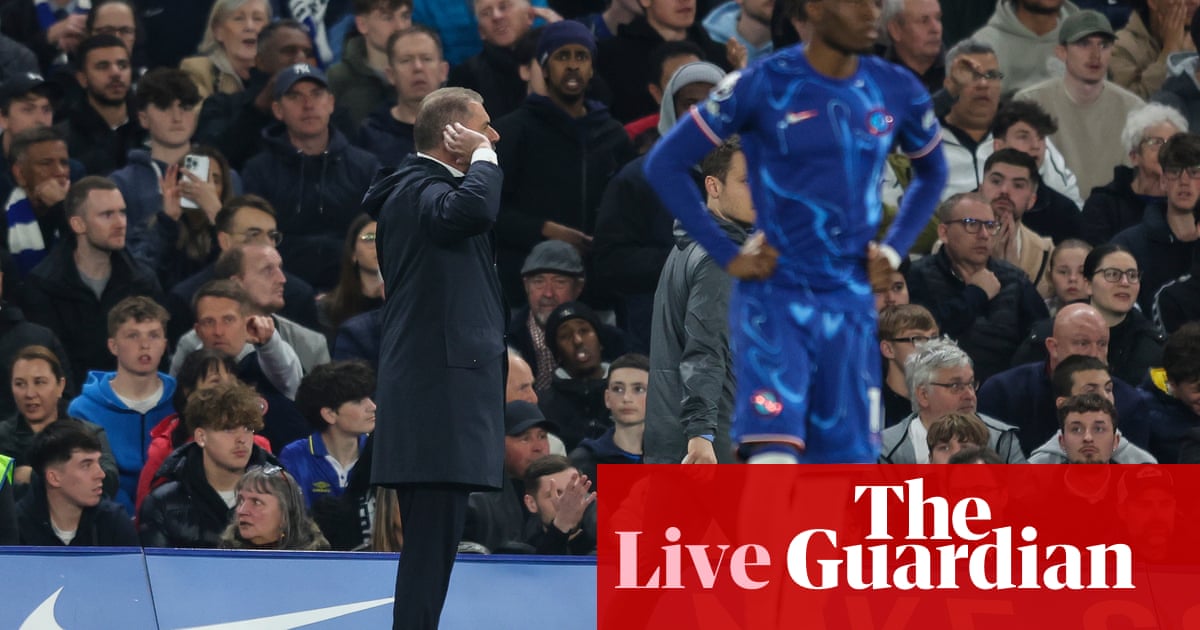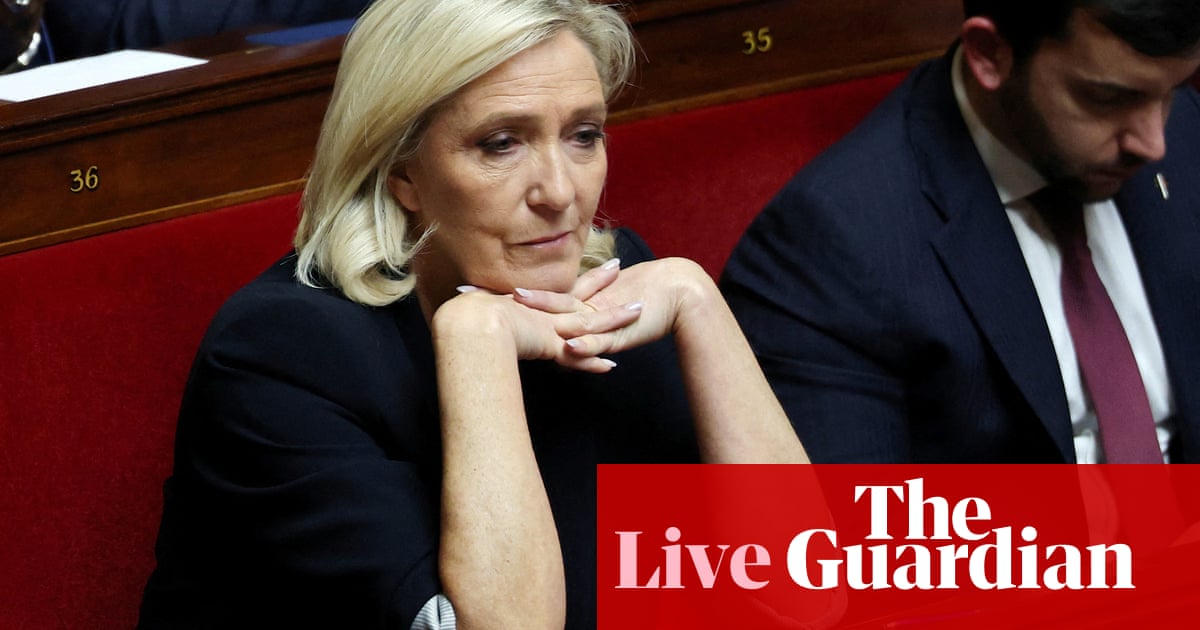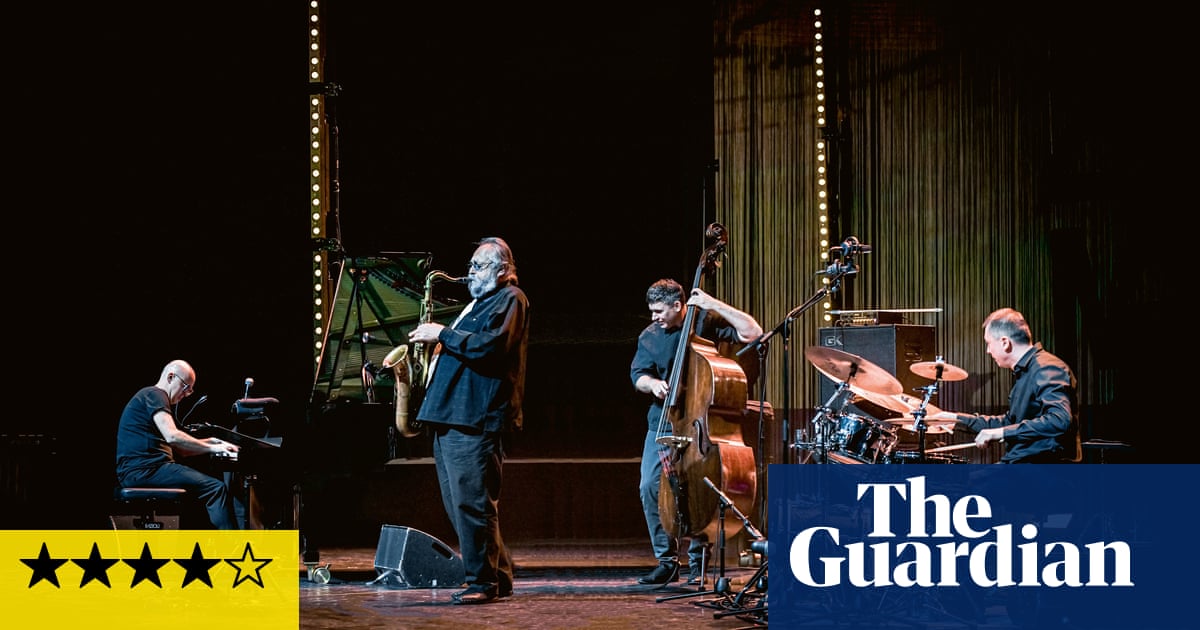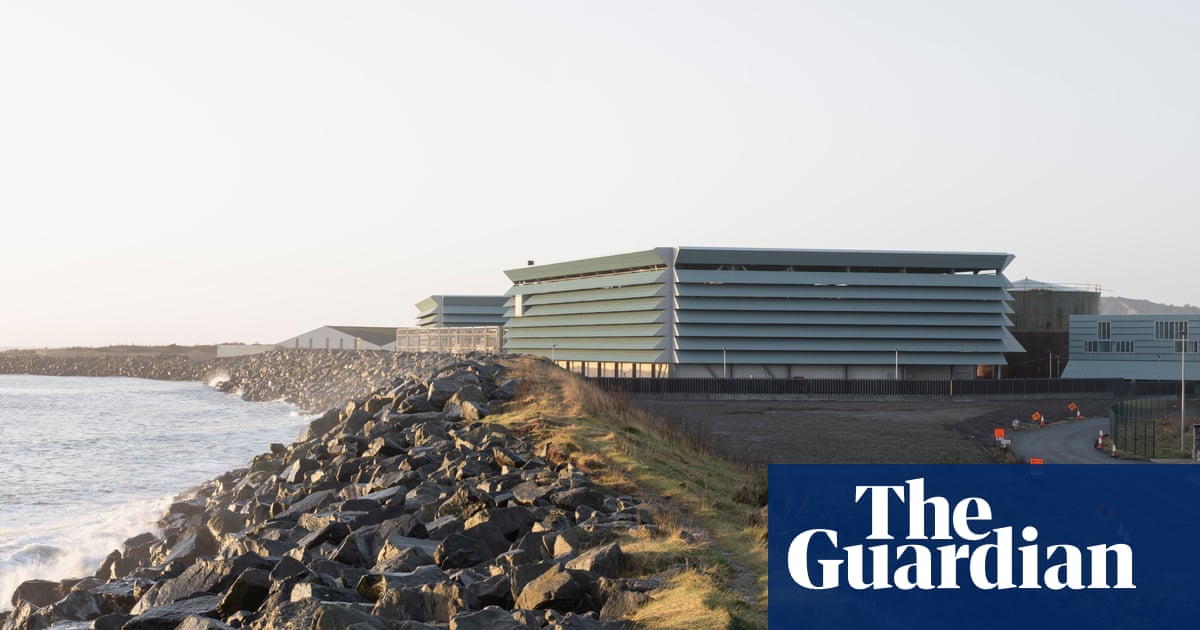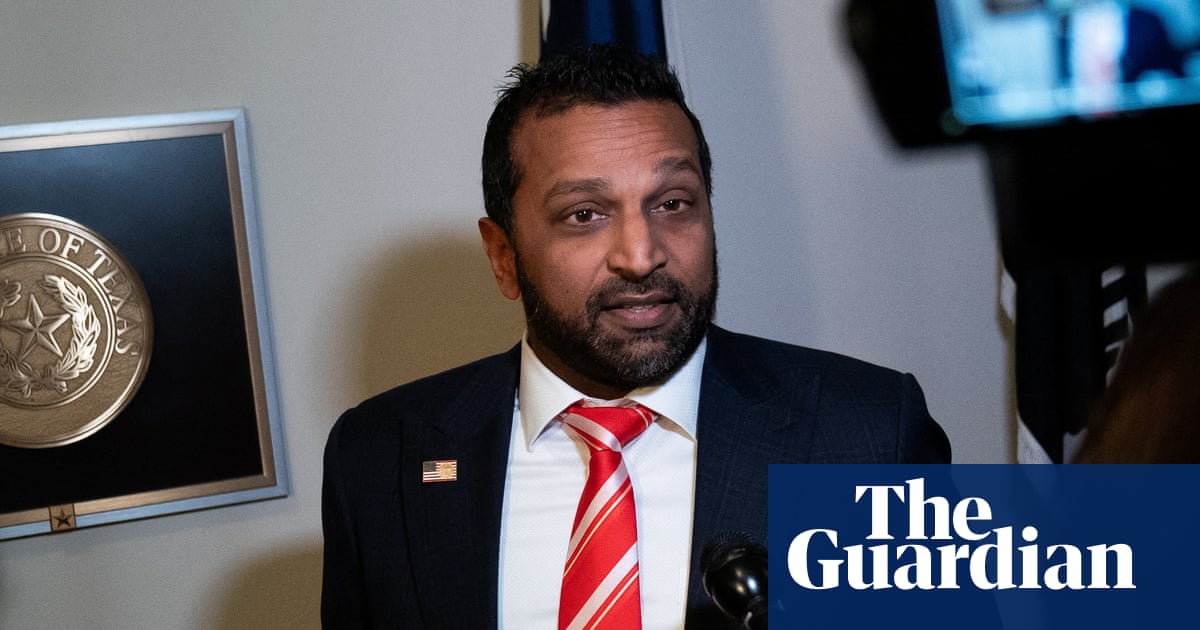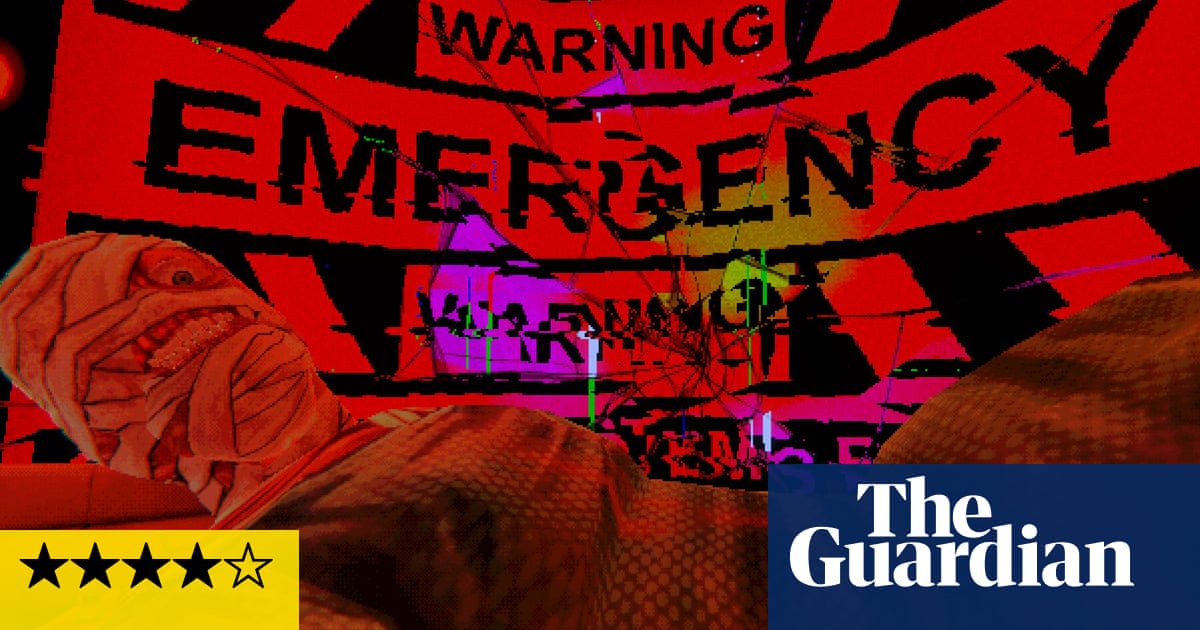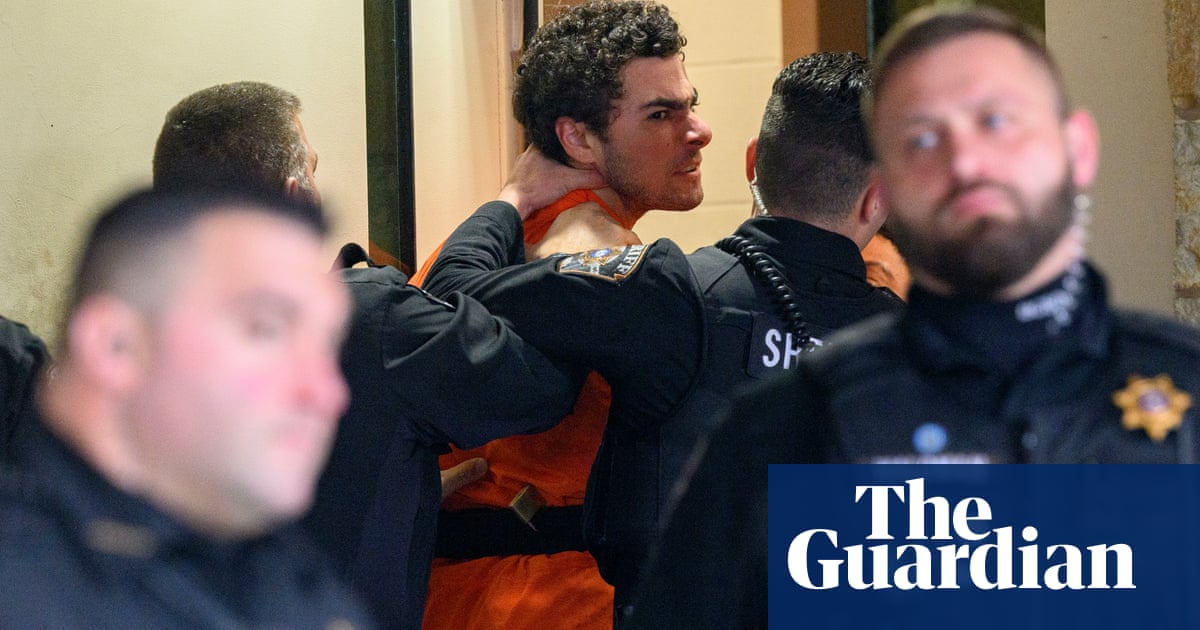A survivor from a massacre of Palestinian paramedics and rescue workers in Gaza has said he saw Israeli troops open fire on a succession of Red Crescent ambulances and rescue vehicles and then use a bulldozer to bury the wreckage in a pit.
Munther Abed, a 27-year-old Red Crescent volunteer, was in the back of the first ambulance to arrive on the scene of an airstrike in the Hashashin district of Rafah before dawn on 23 March, when it came under intense Israeli fire. His two Red Crescent colleagues sitting in the front were killed but he survived by throwing himself to the floor of the vehicle.
“The door opened, and there they were – Israeli special forces in military uniforms, armed with rifles, green lasers and night-vision goggles,” Abed told the Guardian. “They dragged me out of the ambulance, keeping me face down to avoid seeing what had happened to my colleagues.”
He was beaten, detained with his hands tied and made to lie on the ground, from where he was able to see some of what happened as other friends and colleagues arrived on the scene in ambulances and fire trucks, each one running into a hail of gunfire. In all, eight Red Crescent ambulance crew members and paramedics, six civil defence rescue workers and a UN employee were killed. Their bodies were found alongside their crushed vehicles last weekend in a sandy pit that Abed watched the troops dig. Other witnesses have told the Guardian that some of the dead had had their hands or feet tied.

A Red Crescent ambulance officer, Assad al-Nassara, remains unaccounted for, but Abed said he saw him alive and in Israeli detention in the vicinity of the killings. Nassara has not been seen since. So far, Abed is the only one to return alive and tell his story.
He was volunteering on 23 March at the ambulance station at the British field hospital in al-Mawasi, a coastal camp for displaced people, when the call came in shortly after 4am from the emergency services dispatcher in Hashashin, on the outskirts of Rafah. Abed jumped in the back of an ambulance that left immediately. His friend, Mostafa Khufaga, was driving, with another ambulance officer, Ezzedine Shaath, beside him.
Under international pressure, the Israel Defense Forces (IDF) said on Thursday they were launching a formal investigation into the shootings. Until now, however, the IDF has denied any wrongdoing, claiming it had fired on vehicles “advancing suspiciously” without headlights or emergency signals. Abed said that account was blatantly false.
“The ambulance’s lights were clearly on, and the Red Crescent logo was visible as we headed to the scene,” he said. The IDF has described the area as a war zone, but Abed said Hashashin was “a civilian area where daily life had been going on as usual, not a designated combat zone”.
They had almost reached the site of the reported airstrike at 4.20am, when they came under fire.
“From the moment the shooting began, I immediately took cover on the floor of the ambulance. I didn’t hear anything from my colleagues, except for the sounds of their last moments, hearing them take their last breath,” he said. “Suddenly, everything went quiet, the ambulance came to a stop, and the lights went out. The driver’s side door opened, and I heard voices speaking in Hebrew. Fear and panic overtook me, and I began reciting some quotes from the Quran.
“I was completely stripped, left only in my underwear, and my hands were bound behind my back,” Abed recalled. “They threw me to the ground, and the interrogation began. I endured severe torture, including beatings, insults, threats of death, and suffocation when one soldier pressed a rifle against my neck. Another soldier held a dagger to my left shoulder. After a while, an officer arrived and ordered the soldiers to stop, calling them ‘crazy people’ who didn’t know how to communicate.”
An elderly man and his son who had been going fishing before sunrise were also detained and bound and made to lie on the ground beside Abed.
“During this time, I noticed a civil defence vehicle and another ambulance approaching. As they neared, both were met with intense gunfire from the Israeli forces that lasted for about five minutes. After the shooting stopped, I didn’t see anyone leave the vehicles,” he said.
“About five minutes later, two ambulances arrived from the direction of Rafah on the road leading to the Red Crescent ambulance centre. I could only see the red lights of the ambulances and hear the sound of gunfire. Another five minutes passed and a third ambulance arrived from the direction of Khan Younis, the same direction we had come from. It stopped near our vehicle and was shot at as well, just like the others.
“As the sun began to rise around 6am, the landscape around us became clearer,” Abed said. “Tanks, quadcopters and drones came. The area was completely surrounded, and a large Israeli bulldozer and excavator arrived. They began digging a massive hole and threw the ambulances and civil defence vehicle into it, burying them and covering the hole.
“As for my colleagues, I don’t know their fate. I only saw Asaad, but I’m certain that the others were killed immediately after being shot,” he said.
The bodies of Abed’s colleagues, Khufaga and Shaath, were dug up from the same pit last weekend, along with the remains of six other Red Crescent workers: Saleh Muamer, Mohammad Bahloul, Mohammed al-Heila, Ashraf Abu Labda, Raed al-Sharif and Rifatt Radwan – six Palestinian civil defence workers and an employee of the UN relief agency, Unrwa.
The IDF had claimed it had killed nine militants from Hamas and Palestinian Islamic Jihad in the incident, but no other bodies have been recovered from the mass grave, and Abed was adamant there were no militants travelling with the ambulances.
Abed himself was held for several hours, sometimes in a hole dug in the ground, during which he was fully stripped, beaten again and interrogated about his past. He was later forced to help in the vetting and photographing of local people who were ordered to leave the area and go to al-Mawasi.
“Some of the women were carrying their children who had been killed. One mother carried her child, who had been shot in the chest and killed. Another mother carried her daughter, who had also been shot in the chest. Another girl carried their sister, who had been shot in the foot, and many elderly people were among them. No one stopped the women and children,” he said.
“Then I began directing the men, bringing five at a time to stand in front of the camera,” Abed said. “Some of them passed without incident, but others were taken, dressed in white, and placed in a large hole. I still don’t know what happened to them.”
Abed was only released in the evening. He was given back his watch and underwear, but not his identity card, paramedic uniform or shoes. He was told to walk towards al-Mawasi, but was eventually able to flag down a passing Red Crescent vehicle.
He said he was still in pain from the beatings and described his state of mind as “shattered”.

Abed has volunteered for the Red Crescent since he was 18 and worked in the ambulances since the start of the war.
“We entered this field out of love, despite the dangers that surround it and the risk we face during missions,” he said. But the work was sliding rapidly from the dangerous to the lethal.
“We no longer find it surprising when someone is killed. Anyone can be targeted as we are dealing with an occupying force that disregards international laws and treaties,” Abed said. “Every mission we go on feels like it might be the last.”

.png) 18 hours ago
5
18 hours ago
5
